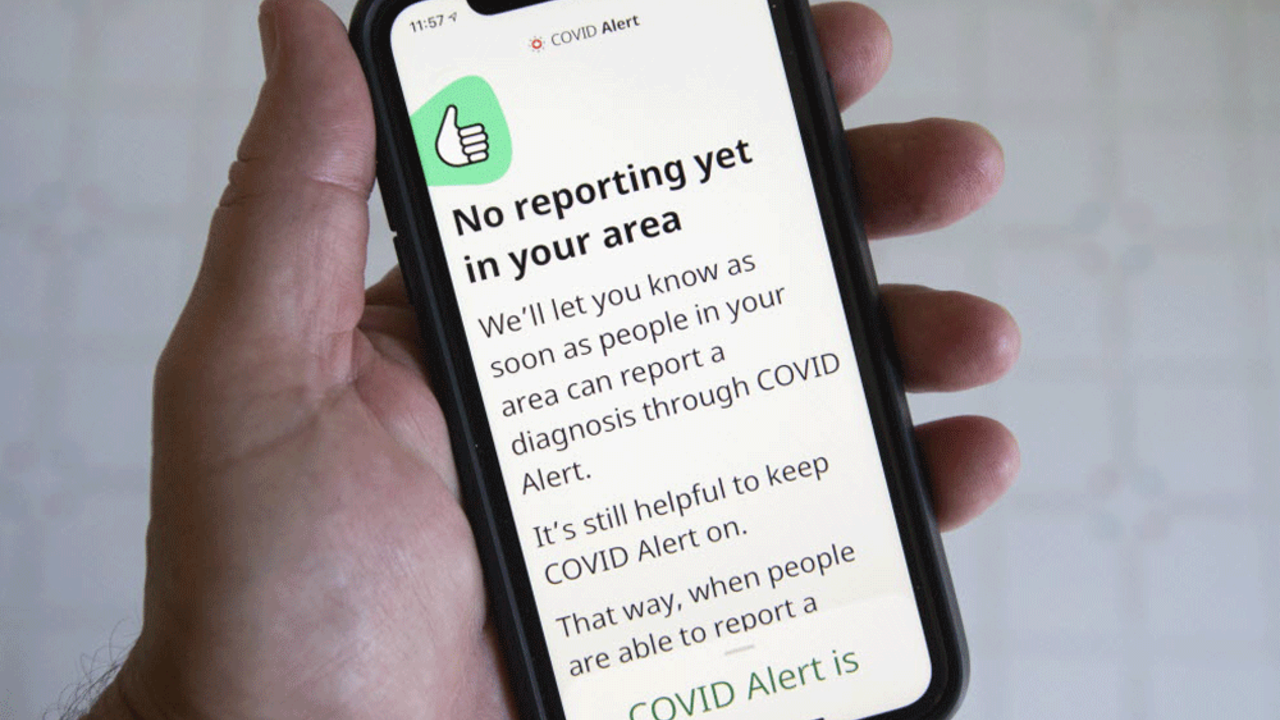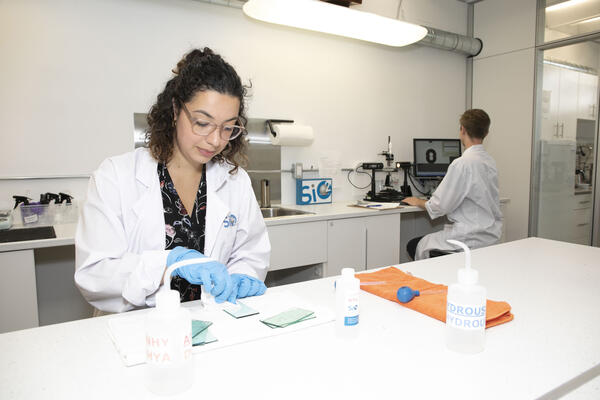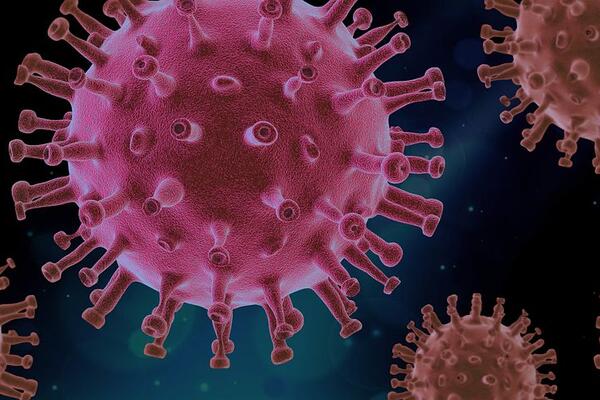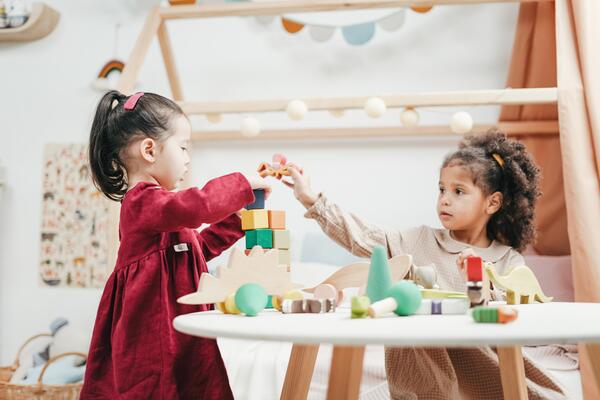How does the federal government’s tracing app work?
The main idea of the federal government’s COVID-19 app is to use Bluetooth connections and random codes generated and stored by your phone to track connections with other nearby phones that also have the app installed.
Bluetooth is short-range wireless technology, so if you are in Bluetooth range you may be in COVID range. If the app estimates you are within 2 to 3 meters of another phone, then the two phones swap random codes, generated right then, like random numbers for the lottery.
These numbers don’t tell the other phones who you are, but your phone keeps track of the numbers it shared out, and the numbers it received in, for two weeks. Since all the codes are random, each phone only knows the codes it has received from nearby phones, not that phone’s owner or even where they were when they received it.
The most useful part of this app for individuals is what happens next when you or someone else receive a positive COVID test. At that point, the diagnosed person receives another random one-time code from the health provider. This one-time code is essentially a proof of infection ticket for the person who tested positive, but it has no identifying information. Once this one-time code is entered into the app on a phone, that phone now has proof that its owner is infected.
Then, if you give your phone permission, it will send the list of recent random codes it sent out in the past two weeks to the central server.
Every once in a while, your phone checks the internet and downloads new codes for confirmed diagnoses from the central server. If your phone sees a code like 37423798473289 on the server, for example, and it received that code from someone in town a few days ago, then your phone will alert you that you are at risk of having been infected.
Why should people use the app?
We all need to work together as a society to get through living with this disease until reliable treatments and prevention methods are available. While treatment is improving every day and vaccine trials are racing ahead, it may be years before we have a real grip on how to minimize death and suffering from COVID-19.
So the most impactful thing we can do right now is minimize spread. This requires masks, social distancing, and tracing cases back to their source so everyone at risk can self-isolate while they recover or find out for sure if they have it. This last point is what the app can help tremendously with.
We should see it as one tool, among many, in society’s toolbox. It isn’t perfect, and it won’t reach everyone, but it will reach a lot of people.
What are the security and data privacy concerns about these apps and do you have these concerns about the Canadian app?
I am using the app, and my family is using the app. I do not have concerns about its privacy controls. However, people have raised many legitimate concerns about these kinds of apps in other countries and even the rollout of this particular one in Canada.
One of the most pressing challenges for such an app is that it cannot reach everyone. The app relies on a software layer built by Apple and Google to share as little information as possible while allowing simple contact tracing. Any app using this layer cannot access location or identity from the phone. So, the federal or provincial government cannot track your location or identity using this app.
The app depends on a software technology that is only available on more recent phones (Android: 6.0+, iOS:13.5+). This means many Canadians with older or un-upgraded phones, estimated at around 11 percent of the mobile phones in the country, will not be capable of running the app. (via a quick calculation based on Statcounter Global Stats)
The University of Waterloo has a number of experts available for comment on various aspects of the COVID-19 pandemic, click here to see the up-to-date list.








